
How many types of cutting pliers are there? Find out in this article.
When someone mentions cutting pliers, I know what comes to your mind is either side cutters, end cutter pliers, or perhaps snips. But do you know there are more than half a dozen types of cutting pliers? Well, in this article, I will try to list as many cutting pliers as possible including their uses so that you know them. This will also help you choose the most appropriate cutting pliers the next time you go shopping for them.
Types of cutting pliers and their uses
1. Side cutters/diagonal cutters
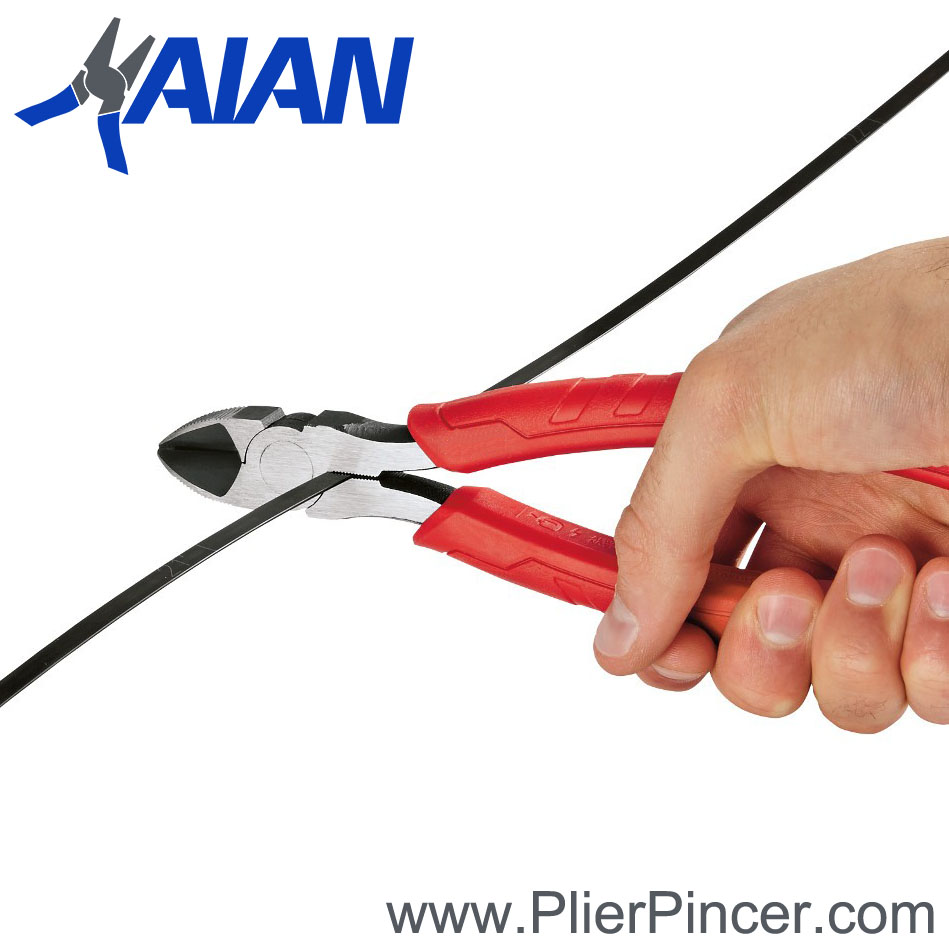
Side cutters and dykes are the most common cutting pliers. They are useful for cutting electrical wires and cables. They have many other uses including pulling nail staples from wood, cutting cable ties and plastics, cutting screws flush with the surface, removing cotter pins, and opening food cans among other DIY hacks.
2. Flush cut pliers
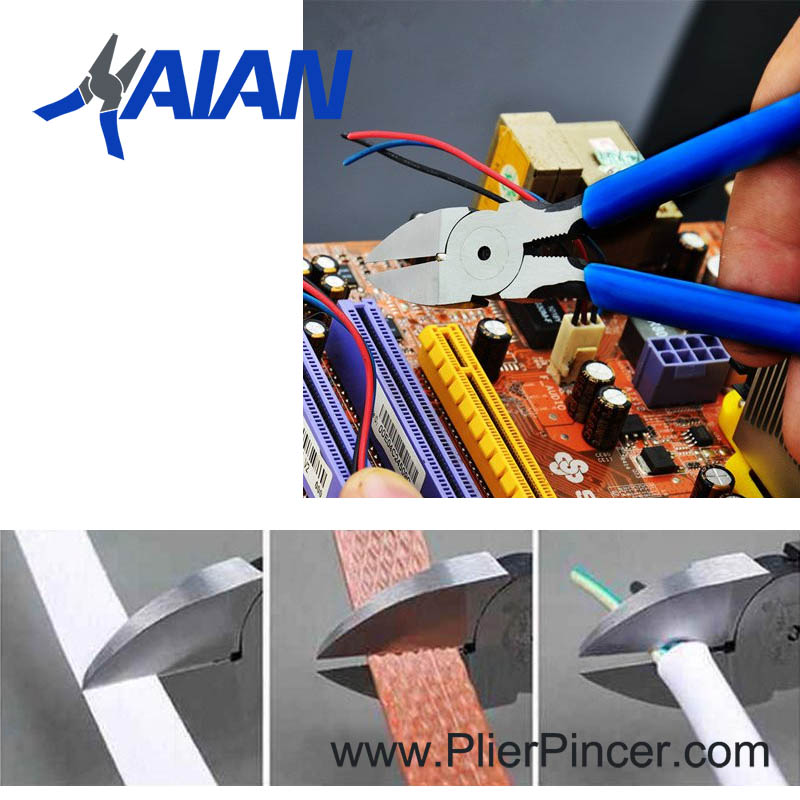
Flush cut pliers are a type of miniature diagonal cutters for precision work. They have blades for making accurate flat cuts. You can use them to cut plastic, copper, aluminum, very soft metal wire, and small staples.
Flush cut trimmers are the best for electronic work and jewelry crafts. You can use them to cut electronic wires and trim off solder on wires and circuit boards. The pliers are also great for cutting zip tie ends off. So, after bundling wire cables and with zip ties in your cable management efforts, you can use flush cut pliers to cut the zip ties flush.
In jewelry-making, flush cutters are great for cutting soft jewelry wire cleanly without leaving sharp ends. They can be useful in jewelry wire craft projects.
3. End cutting pliers/end nippers/cross cut pliers
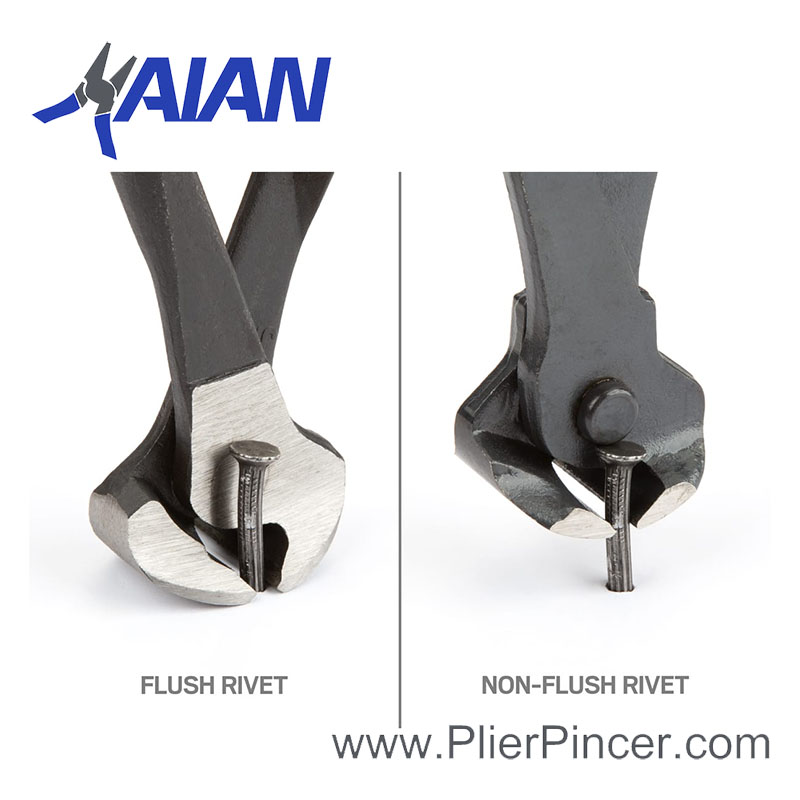
Unlike side cutters whose cutting edges are parallel with the handles, end cutting pliers have cutters that are perpendicular to the handles. The primary use of end cutters is to nip off different materials flat with the surface.
There are different sizes of end cutters. The mini cutters and large cutters. Mini end nippers are common in many applications including trimming plastic parts, nipping off tabs of polymer p80 builds, cutting guitar fret, and cutting small copper rivets and memory wire in jewelry making.
The large end nippers are more suitable for heavy-duty applications such as tying and twisting tie wires and cutting off nails and screws. Both mini and large end cutters cut flush with the surface. This makes them useful for finishing work.
The secondary use of end nippers is to pull nails and staples from a trim. Their slightly round nose profile allows you to bite and roll nails and staples out wood or trim with minimal damage to the surface. They do a neater job than any claw hammer.
4. Carpenter’s pincers

Carpenter’s pincers are a variation of end cutting pliers. They are a lot like end nippers with a more round head and a wider diameter between the jaws. Compared to the end cutters, carpenters’ pincers have slightly blunt edges but you can use them to cut nails and thick wires.
However, because of their perfectly round head, carpenters’ pincers make better nail and stapler pullers than cutters. Their jaws are designed to bite effectively on a nub of a nail or even a nail without a head. Furthermore, their well-rounded jaws provide a better rocking action to allow you to pull nails and staples without leaving marks on the wood or molding.
In a nutshell, carpenters’ pincers don’t cut as cleanly as end cutters but they pull nails and staples better with less effort and minimal or no damage to the surface of the trim.
5. Bolt cutters
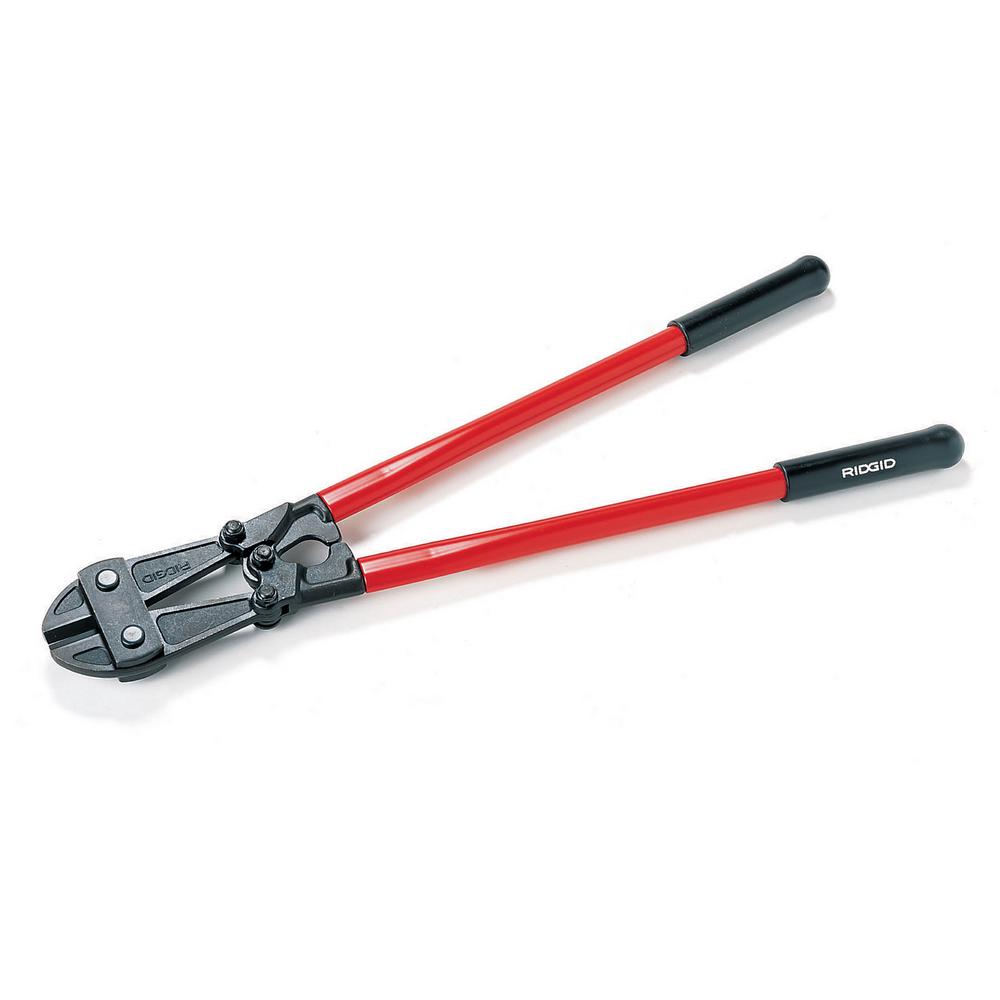
Bolt cutters are a type of heavy-duty cutting pliers for large bolts, screws, and thick metal rods. They have super-hardened jaws for increased cutting strength and long handles for increased leverage. Some have compound jaws that make cutting hard materials less strenuous.
Most people use bolt cutters to cut padlocks when they misplace the keys or the padlock refuses to open.
Bolt cutter pliers are also common in construction sites for cutting narrow rebar wire. They cut faster than a hacksaw but need a bit of hand muscle.
Unlike side cutters, bolt cutters have compound jaws that provide sufficient leverage to cut soft or hardened metal rods of different sizes. Good bolt cutters are tough enough to cut hardened metal without denting the cutters or bending the handles out of shape. Check out this article if you would like to see some of the best bolt cutters for soft and hardened metal.
6. Cable cutters/cable shears
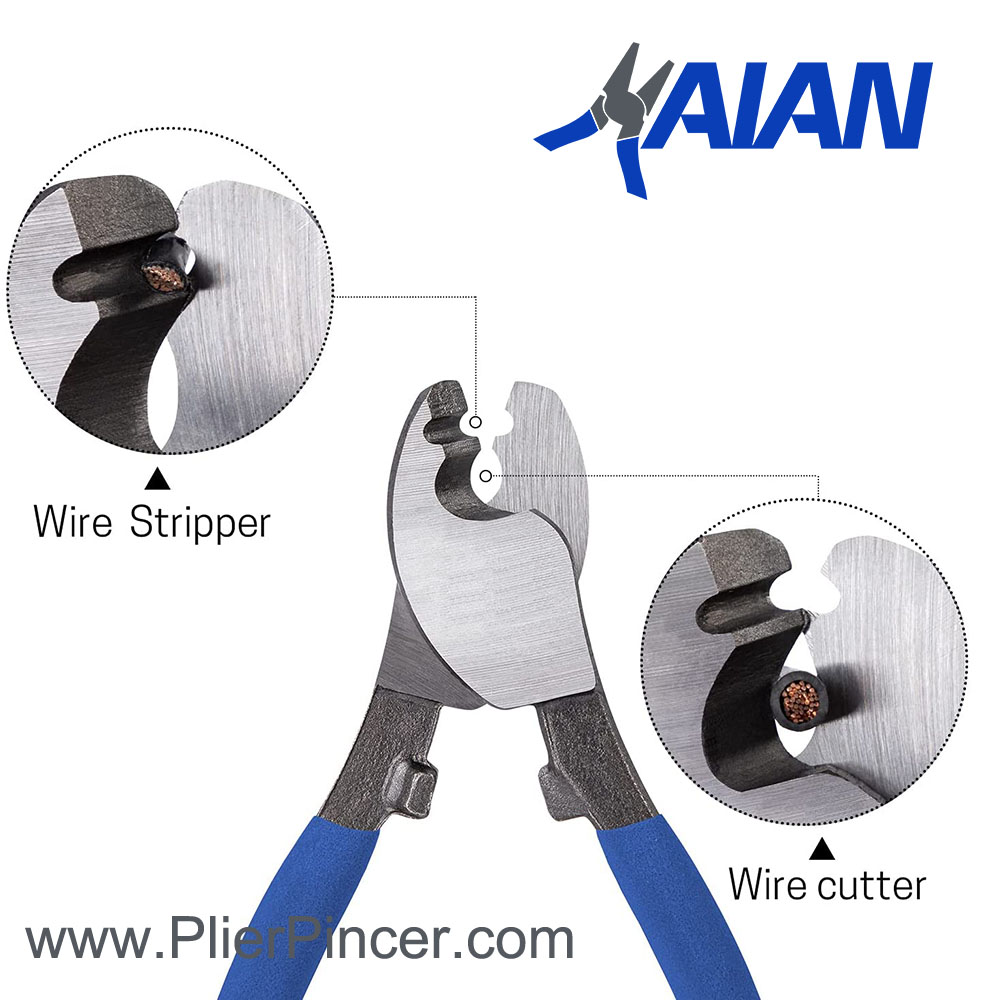
Cable cutters or cable shears are a type of cutting pliers that use shearing action to cut cable and other materials. Unlike regular cutters whose cutting edges pinch onto a material to make a cut, the jaws of cable shears glide over each other like scissors to make a cut.
Cable cutters provide high leverage cutting and have exceptional cutting capacity. They are perfect for flush cutting small and large diameter copper and aluminum cables. You can also use them to cut bundles of communication cables.
Cable shears have very sharp jaws to give you a flat cut every time. However, the jaws are quite fragile and can easily become dull if you cut hard materials with them. So, do not use your cable cutters to cut steel or any other hard material unless the manufacturer says it is ok.
7. Wire rope cutters
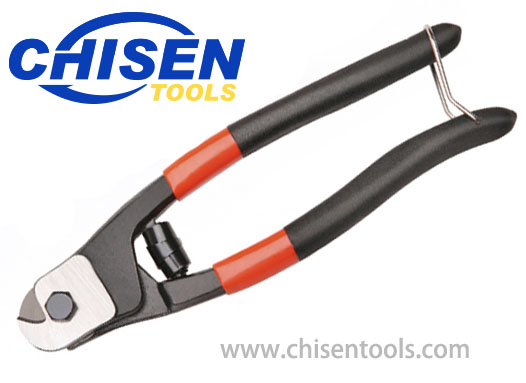
Wire rope cutters are special types of cable cutters for cutting wire ropes. They have short overlapping blades that are sharp enough to cut wire cable without fraying or smashing the cable ends. The best wire rope cutters have hardened blades for cutting both aluminum and steel wire ropes.
Wrap up
Well, as you can see, there are more than half a dozen types of cutting pliers. So, don’t restrict yourself to side cutters and end cutters while there is a variety to choose from. You just need to know which pliers work best for your cutting needs and you could make your life much easier.